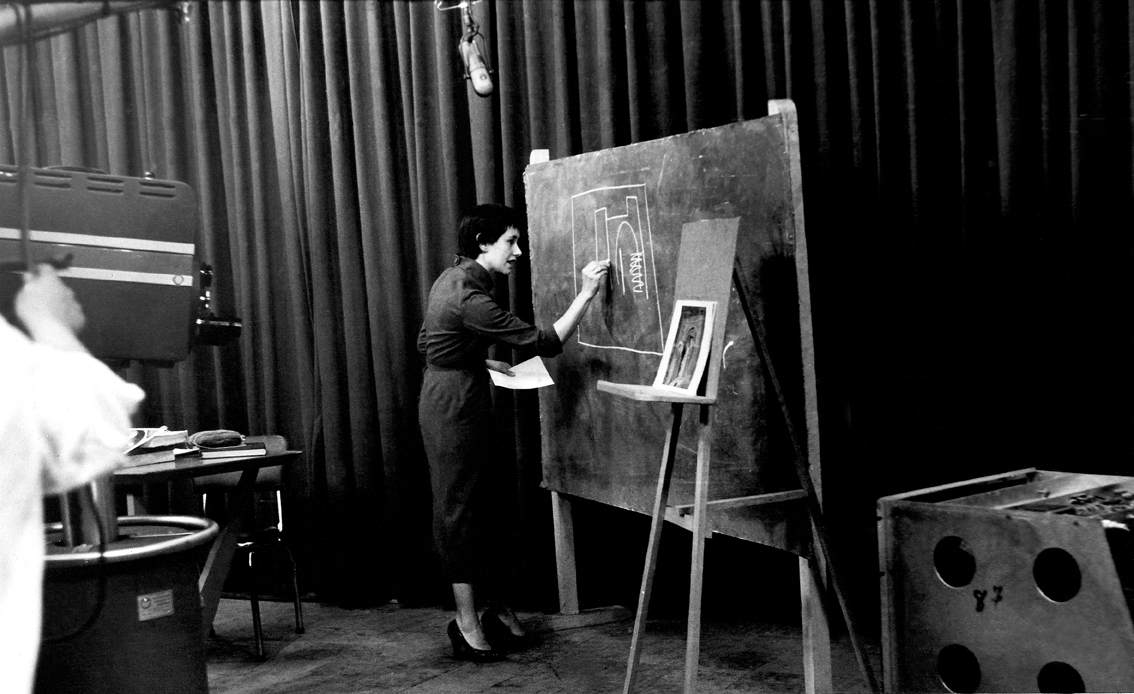Igniting the Gaze as Method
04/01/2023
How can one teach how to look? What results are sought? How could they be evaluated? Would there be a method, a path, or rather, a rhizome, a loop between teacher, students and public? What would be the privileged scenario? If a traditional, academic, standardized, and quantified result was not desired, the space of the museum, an alternative to the academy, seemed to be the right one.
In the late 1970s, Bogota's Museum of Modern Art (MAM) was a creative volcano about to burst. Three definitive gurus of the local scene congregated in the heart of its modern brick headquarters, recently built by architect Rogelio Salmona. On the one hand, there was the director of this utopia, Gloria Zea, who had managed to make this project viable and sustainable. On the other, curator Eduardo Serrano, who was in charge of opening up the institution's exhibition possibilities. On the other side, in a small office from which a sign reading "Education Department" hung, was the controversial artist Beatriz González.
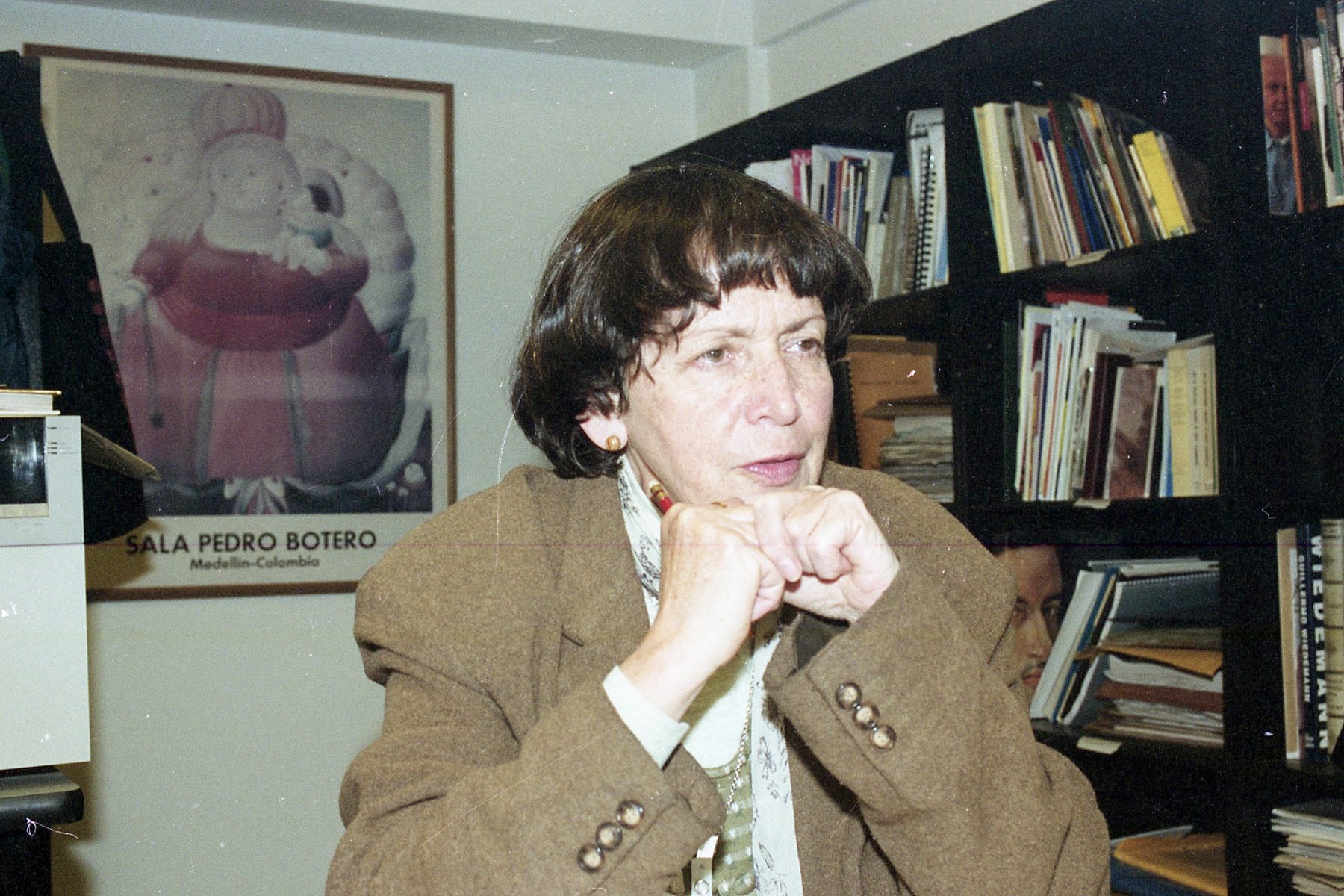
In those years, blessed by the critic Marta Traba, Beatriz had already set the country on fire with the scandal of her psychedelic Bolivar and had moved it with her Suicidas del Sisga. She had also represented Colombia at the São Paulo Biennial. That is to say, she held the undisputed place of one of the renowned figures of Colombian art. What was she doing then at MAM, far from the spotlight and the big stages, sharing a small desk crammed with books and papers with her young assistant?1 Not even she herself knew it, and much less the visitors, but from those modest quarters she was giving a forceful blow to what until then had been the education in the museums of the country.
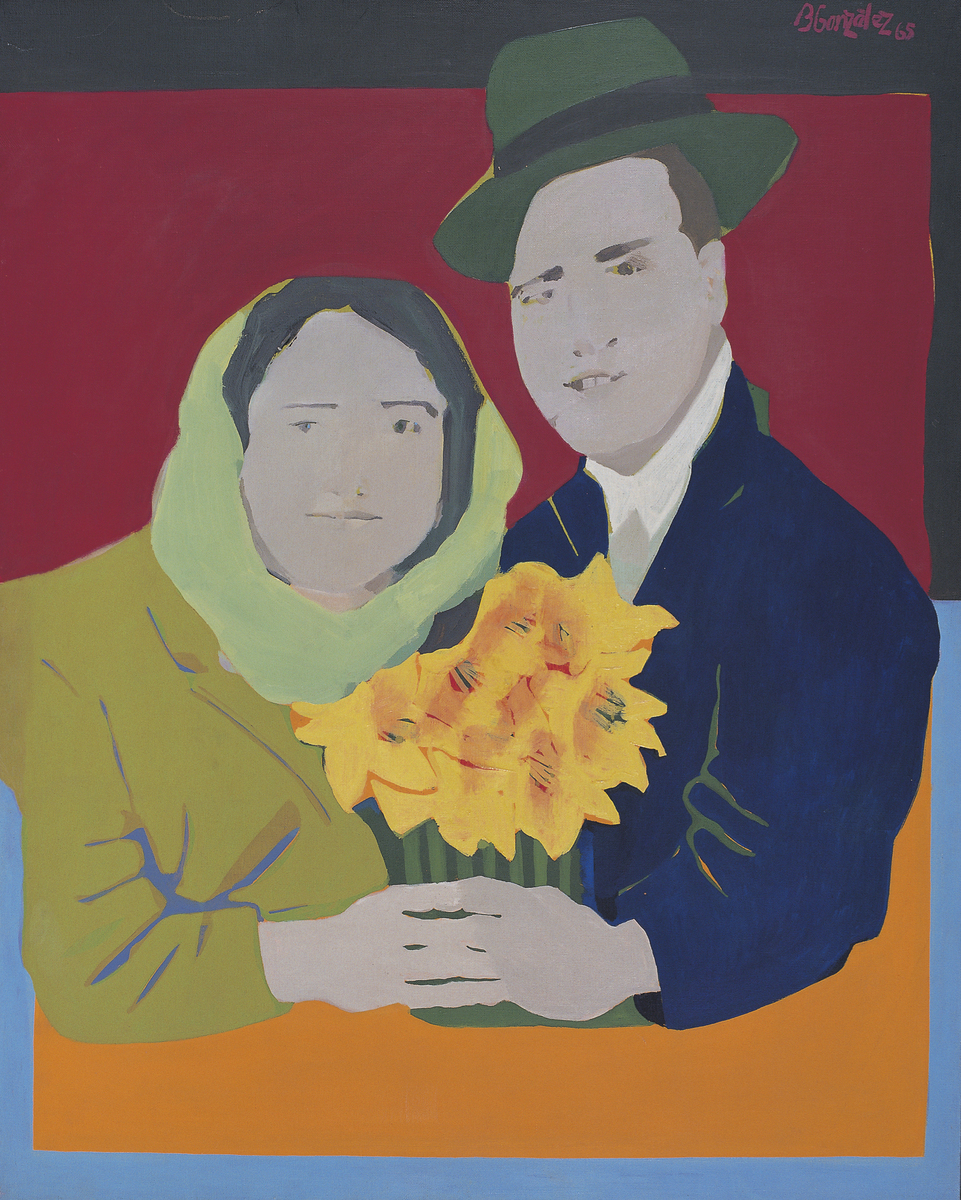

Although this was a foundational moment, there was no transcendental atmosphere there. There were no paths to follow, no models, formats or definitive goals. The battles were the silent battles of the day-to-day, responding to immediate challenges. The starting point was simply a detected need: to bring the public closer to the challenging modern character of the museum. This is how Zea sums up this unavoidable challenge: "The extreme complexity of 20th century art sometimes demands a great effort on the part of the spectator, which is why the museum's educational task is indispensable to make its purpose of allowing the public to appreciate the most outstanding values of contemporary art more effective.”2
González was then entrusted with the task of directing the incipient Education Department of the also emerging Museum. In the absence of references, the artist seems to have been guided by her deep conviction that art grew and became clearer when it was studied, reflected upon and talked about. In a 1964 interview she says: "I have always talked about painting, before and after studying it. It is because of this ability acquired by talking about the same subject that the hands obey quickly to indicate a space and a glance makes any color present. I have spoken well and badly of painters without making concessions. And you can't talk so much, except by thinking, looking, reading."3 Honest conversation that she now proposed open, outside the artists' circle, in which everyone should and could participate (schoolchildren, policemen, executives, workers, housewives, etc.).
With González at the helm, MAM sought to qualify this always unexpected, out-of-control experience that is triggered when a viewer enters an art gallery. However, upon her arrival, she found that tourist guides took on this delicate task. González turned this activity around when she began to conduct the tours herself, an activity in which she had participated as a student of Marta Traba, who she had once replaced at the Luis Angel Arango Library.4
González, a Painter – Educator
Her profile was the right one. First of all, as an avant-garde artist, she herself had been subjected to the incomprehension of the public. An example of this was the national salons where she had participated, which the press of the time referred to as "the chaotic labyrinth of Colombian art," a true "infernal vomit," "untranslatable," populated by "monstrous beasts."5 Her proposal, however, would not seek to explain the works, but rather to assist the spectators in the birth of a new gaze, the same intention that, on the other hand, had been the pivot of her pictorial work.

In the analysis of González's work, these two issues are often mentioned as if they were different spheres of her career: the artist would have been a painter on the one hand and, on the other, a constant educator of audiences. However, these two aspects are perhaps rather the two indiscernible sides of the same coin, and neither of them was less decisive for her than the other. The importance she gave to her didactic activities can be seen in her declination to participate in the government's prestigious Plastic Arts Committee in 1974. She declares: "I regret to inform you that my activity in the field of painting and my involvement as a guide at the Museum of Modern Art occupy all my available time. In such circumstances I am compelled to decline such an honorable appointment."6
Both activities had not only the same transcendence for her, but also the same conceptual origin. Each of her works has always been an instigation to see both the image and the way and the mechanisms that allow us to see it. As the critic Carmen María Jaramillo has said, the artist has not only been interested in "representing reality, but also in pointing out the modalities of its representation."7 Therefore, it is not surprising that the museum served as a powerful space that allowed her to continue asking the same questions about the reception of the image that guided her works, which allowed her pedagogical practices to end up being as creative as her artistic practices. Both have functioned as interconnected spaces from which she sought to dynamite the gaze, to inquire into its structure, limits and possibilities. For her, works do not exist without a social and historical structure, without arbitrary conventions, without conditions. Her paintings, her visits and her School are always aware of this, and insist on denaturalizing these mechanisms.

When González arrives at MAM, the setting was not ideal. There she felt overwhelmed by a massive public that didn't allowed the silence or the quiet time required to unfold the infinite folds of thought and the sensitivity of an attentive tour through an art gallery. She decided then, with the acquiescence of the Museum, which gave her carte blanche to develop her activities, to seek support from the student quarries of the art faculties.8
It is important to note the requirements that allowed her to select her future co-workers. First, she tested them with the same cut-outs of art reproductions taken from an encyclopedia that she used to intervene her work. That is to say, with these images she confronted and discussed her own 'imaginary museum' with that of the newcomers. This was an opportunity to probe the participants' prior knowledge and analytical skills, but also a strategy to engage in a dialogue for which the artist needed interlocutors. If these didn't exist, they could be created. And that is what she would dedicate the following years to: to train people with whom she could practice the necessary conversations about art. And to make these discussions extend to the non-specialized public.
Secondly, she asked them for communicative skills. That is, she was making it clear that it was not only about knowing about art but also about communicating it, about being able to talk about art, which she had always valued so much. The idea was to create a study group and some paths for the guides to have a critical and creative approach to exhibitions that the museum was presenting (Paul Klee, modern artists or González Camargo, among others) and that they in turn could engage with the visiting public. Again, it was about reading, looking, thinking, discussing.
A challenge that went beyond the school format and the figure of the guide. There were many fundamental questions and issues to be resolved underlying this process:
How can one teach how to look? What results are sought? How could they be evaluated? Would there be a method, a path, or rather, a rhizome, a loop between teacher, students and public? What would be the privileged scenario? If a traditional, academic, standardized, and quantified result was not desired, the space of the museum, an alternative to the academy, seemed to be the right one.
The students who were summoned arrived and these parameters began to be explored, improved and shaped by all. González was one of the participants. The group would meet to read theoretical texts such as Pierre Francastell's Sociology of Art or Roland Barthes' Camera Lucida, which one of the members would present individually to be discussed by all. After each of these meetings, one of the members would make a protocol, a summary of the previous session, before starting the new one. This was a modality that the artist had learned in her university classes with the philosopher Danilo Cruz and shows how these meetings were aimed at learning to think more than to collect data, as Moreno points out. Over time, González noticed that it was very important to take into account the knowledge with which the public arrived, and even to inform them before they entered the museum. Thus, many of these budding guides would first visit groups of prospective visitors to familiarize them with the subject matter they would be seeing in the room.
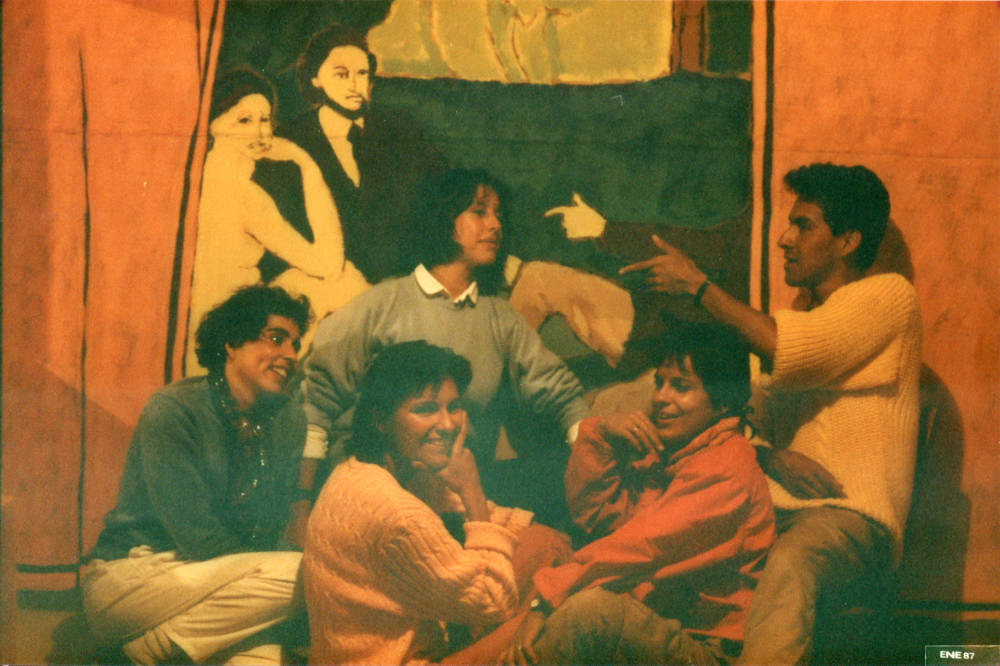
The visits were not conceived as a discourse to be learned and then repeated mechanically. González wanted to create favorable conditions for one's own gaze to rise and fly. She wanted to give her students the fire of creation, the iconoclastic hammer, the freedom of combination, the possibility of proposing multiple recontextualizations of the image.
In other words, the same strategies to which she habitually resorted in her artistic practice where she insisted that images are loaded with history, that they are only possible tied to their context and time, that they are always ideologies and cultural forms. Her pedagogical practice made her aware of this as well as her artistic practice.
This "method"—a word we cannot use in this context except in quotation marks—did not offer a model to follow. Rather, it encouraged everyone to create their own approach. Thus, in this sort of school of seeing, no one had the definitive content. This was created both in the study group and later in the visit itself, where the participation of the spectators was also encouraged, from whom we also learned. The exchange of glances and words, the encounter, was fundamental in this essentially relational process, where mediation became a true collective artistic practice, a gesture of creation.
The School and the Generational Transition
Of course, there were never any evaluations or impact measurements. Simply, every so often, a sort of graduation ceremony was held, attended by artists of the national scene such as Edgar Negret, Eduardo Ramírez Villamizar, Luis Caballero, and Álvaro Barrios, in the capacity of González's friends, who listened attentively to the young and incipient guides in the middle of an uninhibited lunch.9 Unbeknownst to their participants, these informal meetings, between academic and social, ended up being a symbolic space where the generational transition took place between the established masters of modern art and the new names that were to be the spearhead of contemporary art in the country.
Educators often wonder how effective their teaching has been. After all, did their students learn anything? González certainly had no such doubt. Her Guides School not only managed to make art more accessible to the public, in a pioneering experience for Colombian museums, but it was also a laboratory that, combining freedom with discipline and rigor, made the participants, more than guides, radically transform their conception of art, opening the doors to their own careers as well.
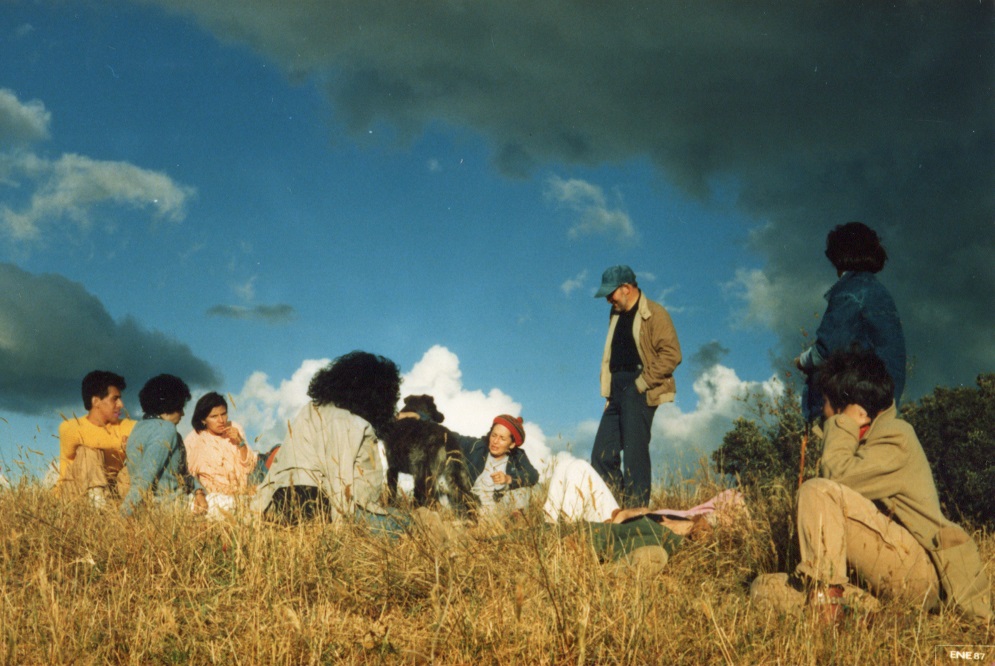

Thus, the transcendence of the Guides School can be measured today, not by grades or technical evaluation reports, but by the subsequent projection of its participants. Many of those students, such as Doris Salcedo, José Alejandro Restrepo, María Fernanda Cardozo, would eventually become some of the most radical pioneers of contemporary art in Colombia. The School would also be the cradle of curators such as Carolina Ponce de León and José Roca, at a time when this profession did not exist in Colombia. So if the method of this experience was to ignite the gaze and the consciousness about the gaze, it succeeded fully. Art was useful for life and life was fuller with art.
